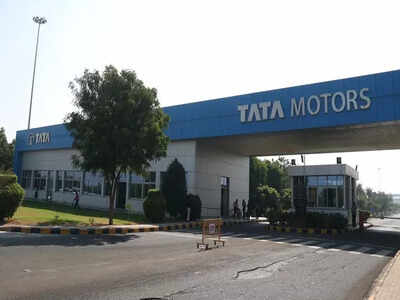
Automaking giant Tata Motors is planning massive investment plans for the future, earmarking Rs 33,000 crore to Rs 35,000 crore for FY 26-30 on product actions. The Mumbai-headquartered company is targeting 30 product actions, including the launch of seven new models, as it looks to sharpen its competitive edge in India’s fast-evolving passenger vehicle (PV) market.As part of its long-term strategy, the automaker aims to secure a 16% market share, including electric vehicles (EVs), by FY27, rising to 18–20% over the next few years. Tata Motors expects the domestic PV industry to hit annual sales of 60 lakh units by 2030 and is positioning itself to ride that wave with a refreshed and expansive portfolio.“Looking ahead, we will strengthen our portfolio by FY30…7 new nameplates and 23 product refreshes will holistically enhance the portfolio,” the company told analysts in a presentation.The upcoming investments will focus not only on new launches but also on emerging technologies, powertrain upgrades and software-driven vehicles (SDVs), an area where Tata Motors plans to take a leadership role. The company is also expanding its sales and service network to keep pace with growing volumes.In the electric vehicle space, Tata Motors is betting big. It expected EVs to make up 20% of its total passenger vehicle volumes by FY27, which will further increase to 30% by FY30. Two key models, the Harrier.ev and Sierra.ev, are expected to strengthen its presence in this segment. The company also plans to improve total cost of ownership, especially for CNG fleet buyers, and expand EV charging infrastructure across smaller towns to ease buyer apprehensions.On the broader industry front, Tata Motors noted that its growth is driven by higher growth in consumption, rising PV penetration due to growing GDP and quicker replacement cycles.It predicted SUVs to continue dominating while the MPV category is also expected to see sharper growth in the domestic market. As for hatchbacks, the company pointed to lesser sales due to high priced entry-level models and fewer new launches.The company aims to reach EBITDA breakeven in its EV business by FY26.














